How to Fix a Tire with Wire Showing
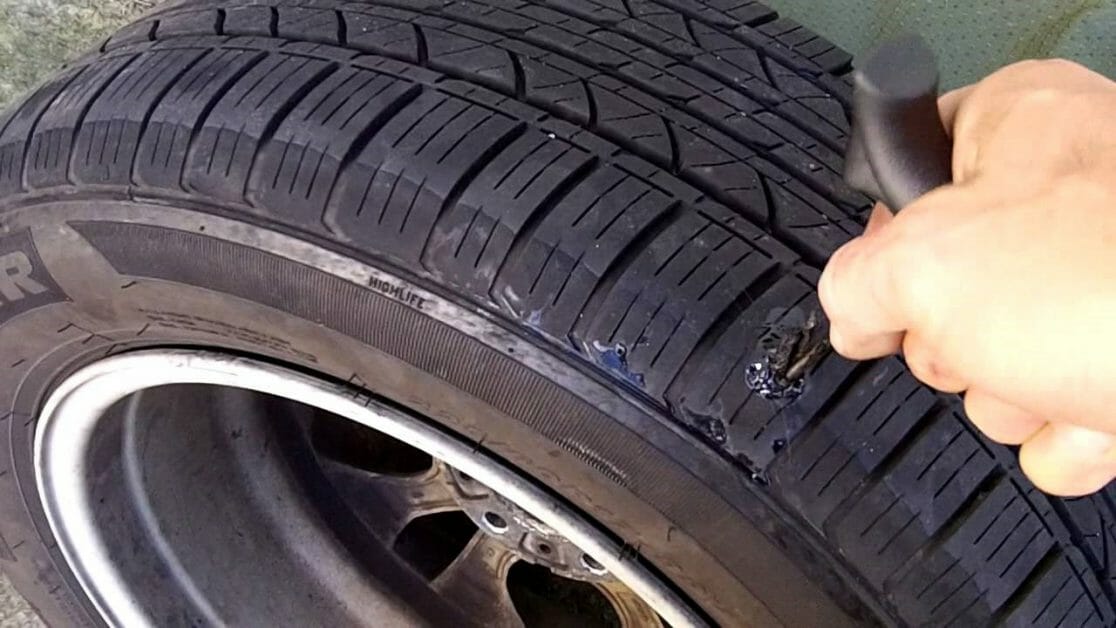
Many factors may lead to wires poking out of your tires, ranging from rough roads to overloaded vehicles causing wear and tear. Driving on tires with exposed wires can have detrimental effects on the tire rim or the car suspension. So, how can you fix such problems? This guide will teach you how to cement tire holes with tire plugs and tire patches. However, these repairs will only give you a few days of grace before purchasing a new tire.
Having worked in the auto industry for 10 years as an electrician in general mechanic, I am confident I will cover everything you need to know about tire maintenance and repairs. Keep on reading.
In General, fixing poking tire wires involves a few easy steps. First, locate the showing wire in the tire and select the correct tire plug or the vulcanized rubber. Next, clean the hole with a rasp and apply the tire mounting compound. Proceed to insert the runner/nylon plug or the vulcanized cement/rubber. Complete the process by checking leaks. To do that, inflate the tire, and locate the areas where the air escapes.
How Long Will Tires Last with Wires Showing?
The metallic wire is the reinforcement material in the tire. It supports the weight of the car. Once exposed, the tire cannot sustain the weight of your vehicle. It is dangerous to drive a vehicle whose tire wires are showing.
The extent of wire exposure determines how long your tire will last in that condition. Please note that repairing tires with showing wires only gives you a grace period of a few days to find another tire[This is not a permanent solution]. If the damage is not severe, you can repair your tire and have it last a few days. However, badly damaged tires require immediate replacement. You may pursue the help of a mechanic whenever you feel uncertain. I recommend fixing tires quickly to counter the possibility of accidents.
Do not drive on a tire with wires showing. You are likely to damage your wheel’s rim, and eventually, cause a blowout.
The long-term effect of driving on tires with exposed wires is steel belt breakdown. The steel belts will collapse and be revealed through the tire treads. So, promptly repair poking wires in your car tires to protect your rim and the car in general.
How to Fix Tires with Exposed Wires
Method 1: Using a Tire Plug
Tire plugs are small-sized and cylindrical rubber pieces that you can insert into the tire holes. It is very convenient if the crack in the tire is small.
Follow the steps below to fix showing wires in your tire with rubber plugs:
Step 1: Obtaining Tools and Materials
Fetch the following equipment:
- Tire plugs of various sizes
- Tire mounting compound
- Get a sharp knife
- A wire brush
- A rasp
Step 2: Identify the Hole in the Tire
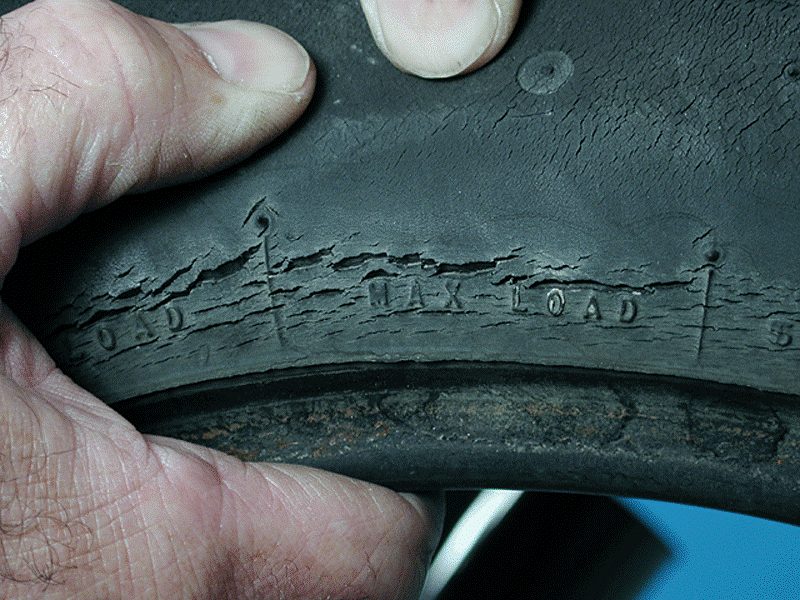
Simply check the exterior bulge or remove the wheel and analyze the inside sections of the tire. If you don’t locate the hole inflate the tire until you spot the leaking area. That’s your spot.
Step 3: Select the Ideal Tire Plug
Two main types of tire plugs exist in the market: rubber and nylon tire plugs. If your tire has a small hole, pick the rubber tire plugs. If not (big holes), choose the nylon plugs.
Step 4: Clean the Hole
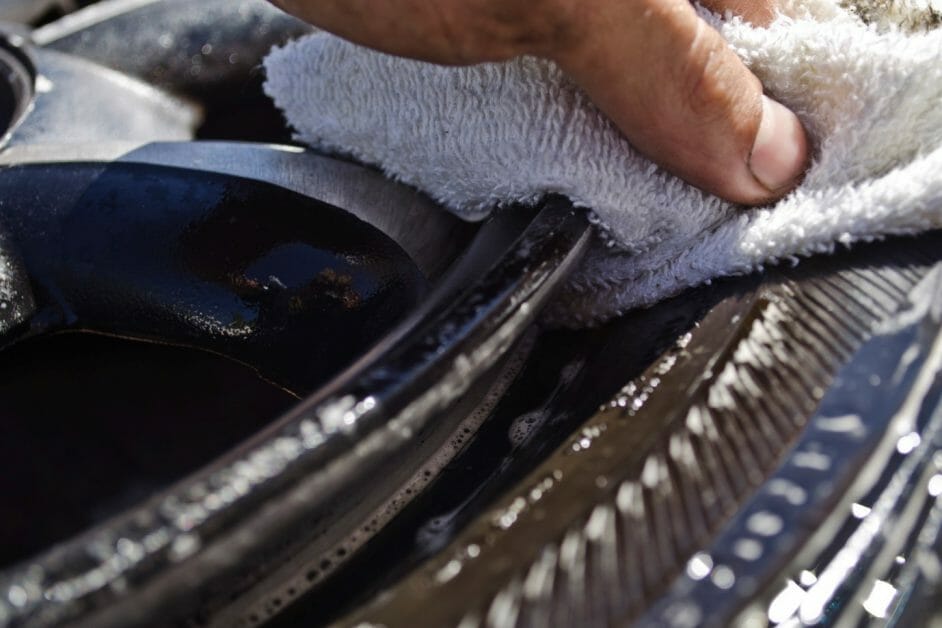
It is essential to clean the crack before installing a tire plug. So, use a rasp or wire brush to scrape off dirt, debris, and sharp edges from the crack zone. Cleaning the hole also makes the tire plug rest snugly in the hole.
Step 5: Position the Tire Mounting Compound

To secure your plug-in place, apply the tire mounting compound to a clean hole on the tire.
Step 6: Insert the Nylon/Rubber Tire Plug
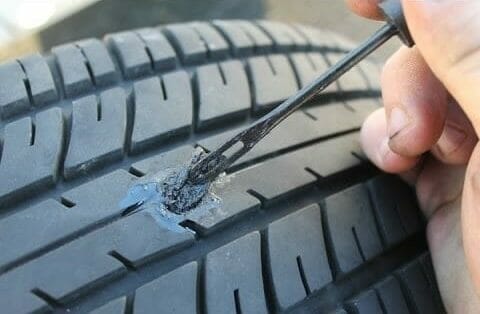
Insert the chosen plug (depending on the hole size) at a 45-degree angle. The pointed end of the plug should go into the tire first. After successful insertion, trim the excess layers of the tire plug using a sharp knife.
Step 7: Check if There are Leaks
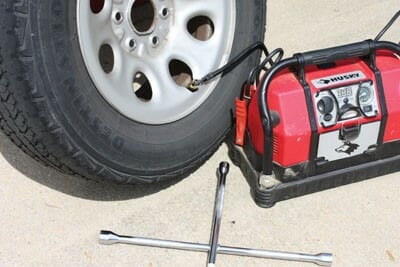
This is the final step. Pump air into the tires and identify air leaks. If there are no leaks, you are all set. You need to re-clean the hole and insert another tire plug if you spot leaks.
Method 2: Using a Wire Patch
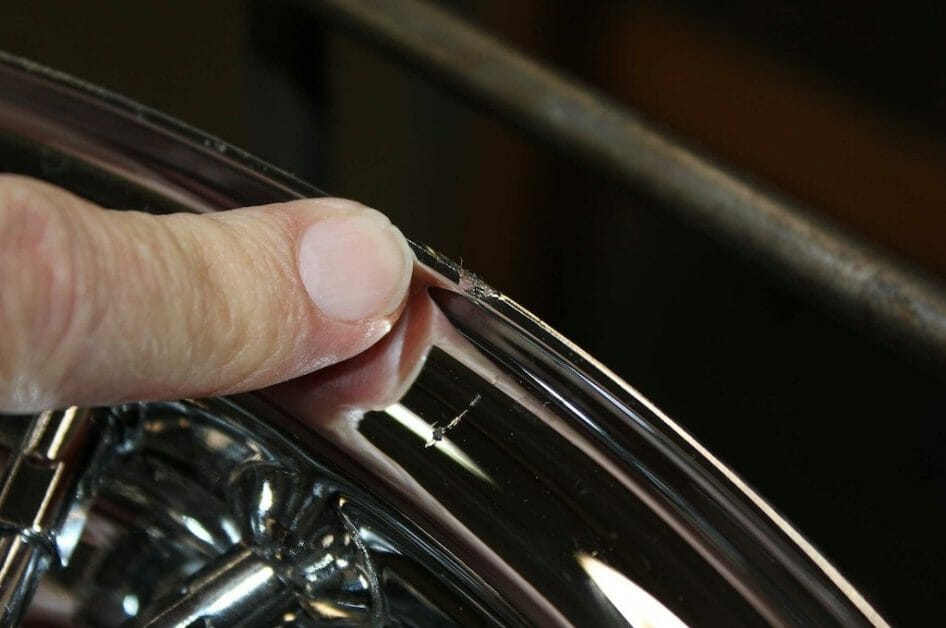
Another method that you use to repair poking wires on tires is the use of a tire patch. Vulcanized rubber is the most common tire patch. The procedure is basically the same. Prepare the hole for patching, and then apply the vulcanized cement – a special type of glue. (1, 2)
Checks to Perform after Replacing Your Car Tires
Braking on the New Tires
The first test to verify the suitability of the new tire is a brake check. Drive on the new tires gently, accelerate smoothly, perform cornering, and then apply the brakes.
Do not accelerate sharply while driving, and avoid slamming on the brakes, we just want to test and not cause damage.
Tips for Car Care and Tire Maintenance
Good Driving Habits
Avoid accelerating and applying brakes roughly, otherwise, your tire will wear and tear faster than expected.
Keep Your Tires Inflated
Driving a car whose tires are underinflated causes them (tires) to flex and wear, exposing the wires.
Do Not Overload Your Vehicle
Since the tires have been designed to sustain a proportional weight, overloading your vehicle exerts excess pressure on the tires. The tires may snap to reveal the wires, or even rupture.
Road Conditions
A rugged road filled with potholes and obstacles can damage your tires. Always drive cautiously on such roads, or avoid them whenever possible.
Take a look at some of our related articles below.
References
(1) rubber – https://rainforests.mongabay.com/10rubber.htm
(2) cement – https://www.britannica.com/technology/cement-building-material
